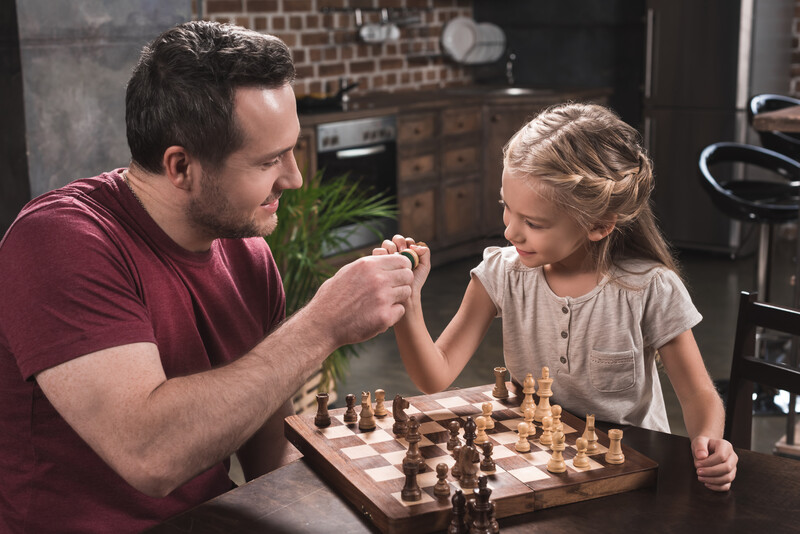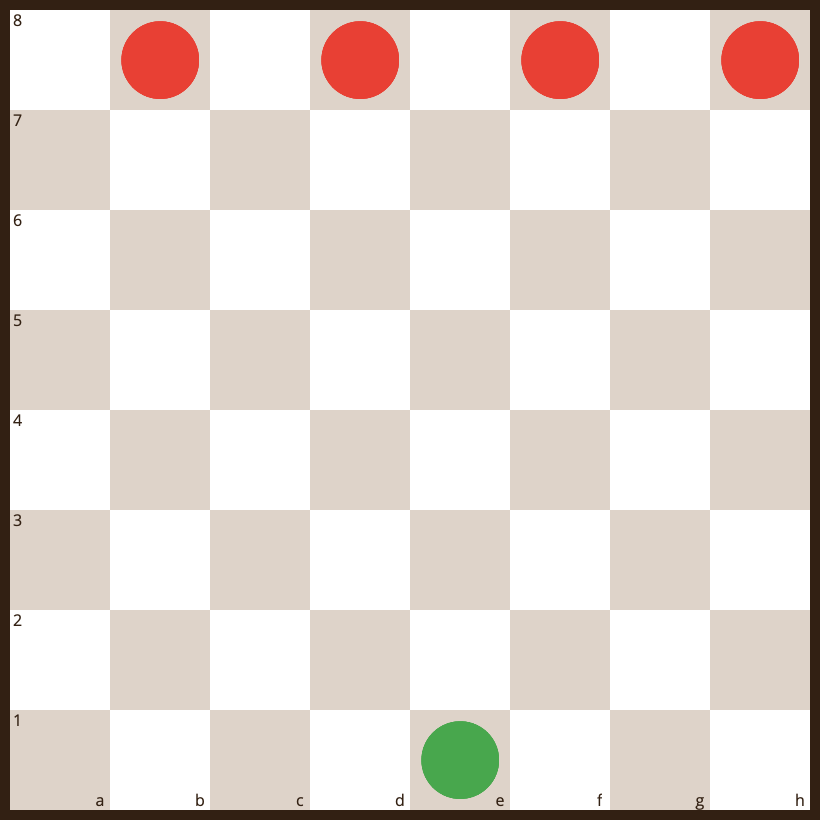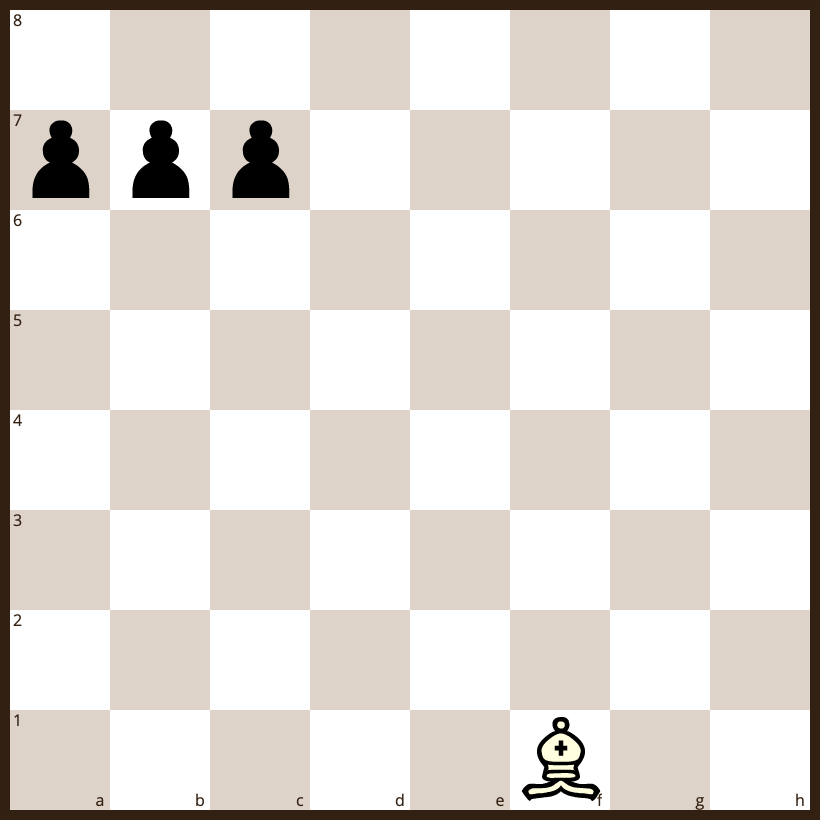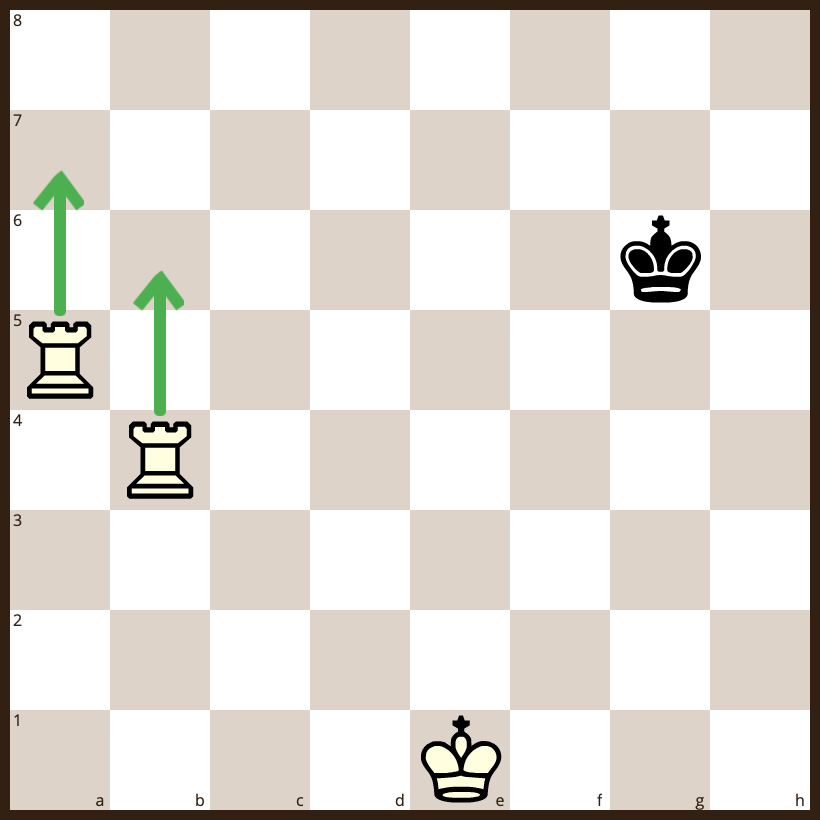This article marks World Chess Day (20th July) with a guide for parents wishing to teach their children chess.
Teaching a child chess is to give a wonderful gift for life. Chess should be part of every child’s education. Once they have learned the basics, they can pick the game up again in the same way as learning to swim or to cycle reserves a permanent place in the memory.

In spite of what you may have heard to the contrary:
- Any child can learn chess
Chess brings out the imagination, the power of thought, the recognition of patterns. Whatever level, a child can improve. The experience of improvement builds confidence. Chess is for all kids – they each gain something special from chess.
- You don’t need to play chess yourself!
Here is something so little known it could be secret: it does not matter if you cannot play chess yourself. You can learn together. Family learning is the most natural.
Here are the 10 simple steps to teaching chess.
[1] You don’t need to buy a chessboard
You can get started without even buying a chessboard – you can draw one on a piece of paper with a ruler and pencil. At the beginning, you do not even need chess pieces – coloured counters will do.
[2] Enjoy playing simple games – chess can wait
One of the simplest games on a chessboard which will capture the interest of a young mind is Fox and Hounds.

Fox and Hounds
Starting from the diagram position, taking turns, each piece can move diagonally one square: the fox (green) can move forwards or backwards; the hounds (red) cannot move backwards. The fox wins by reaching the opposite side. The hounds win by preventing the fox from reaching its objective. In the final position, the fox is blocked.
Play, swap sides, play again. Try draughts next – it is a great game too.
[3] Give encouragement
Games should be fun. Give lots of praise. Tell stories. Talk through your moves giving explanations. Don’t interrupt if the child is thinking. Nurture the power of concentration. Play again another day and another.
[4] Play chess mini-games
A chess mini-game uses a subset of pieces to play a simpler game such as a bishop versus three pawns.

Bishop v Pawns game
The bishop moves diagonally any number of moves. The pawns move forwards as in chess (one square unless on the first move when a pawn can move two squares). The pawns win if one pawn reaches the other side safely i.e. without being immediately recaptured. The bishop wins if it prevents the pawns from reaching their objective by capturing or blocking. Who plays first? Try both!
There are many worthwhile mini-games e.g. – rook vs 5 pawns – 8 pawns vs 8 pawns – 2 bishops vs 2 rooks – 2 knights vs 8 pawn. You can also practice some here.
[5] Ask questions
By now we have got the child motivated and the concentration level is up. The next stage is to engage their logical thinking skills. Do this by asking questions. There are some basic questions which apply in almost any position:
- Why did you make that move?
- What is your opponent trying to do?
- If you could make three moves in a row what would they be?
Find some learning points – things to remember for next time. Seek statements involving the word “if” e.g. “if you had moved there then I would have moved there.”
Once the child is ready to learn more, you can have a post-mortem discussion after each game. The starting question is “What could you have done better?”
[6] Learn the moves of the pieces
There are many wonderful chess books and nothing beats the pleasure of leafing through the pages looking at the diagrams. Nowadays people tend to refer to websites. Lichess is a free website on which you can learn the basic rules. Be careful only to learn the moves of the pieces. Disregard the complicated stuff about checkmate, castling, promotion and en passant.
[7] Play Simple Chess
Simple Chess refers to the form of the game in which you win by capturing the opponent’s king. The practical benefit is that, with king capture, the outcome of the game between two beginners is quite clear. This is how chess used to be played in ancient times. We are following the historical evolution of chess. Play Simple Chess at every opportunity.
[8] Three pieces of advice
You do not want to inundate the learner with too much information. These three pieces of advice are fundamental:
- Grab free material. In any position, look to see what you can capture. Capture enemy pieces which are unprotected. Conversely, when you move, ensure that your opponent cannot capture you. At this stage, chess is all about material. Grab as much material as you can.
- Protect your king. Make sure that your king is safe. Is the king under attack? If so, then capture the attacker, block the attack or move the king. Tuck the king away in the corner. Move no more than one pawn in front of the king.
- Involve all your pieces. On a football pitch, a single player will rarely score a goal. All players have to work together. Similarly at chess, you have to bring your pieces out (except for the king and the pawns that shield him) to work together.
[9] Learn Scholar’s Mate
Teach Scholar’s Mate, an opening trap in which White wins quickly. This gives confidence not just because of winning games but because it shows that with a little bit of study you can make great progress.

[10] Learn how to checkmate
Finally, we have reached the point where we should bring in checkmate. Knowing two checkmate patterns goes a long way.

Kiss mate
This is when a queen is supported by another piece and stands next to a king on the edge of the board.

Two Rooks Checkmate
This is when two rooks combine to deliver checkmate (like rotating lawnmower blades).
The journey has only just started. Play and have fun.
John Foley is Secretary of the Education Commission of the European Chess Union, Managing Director of ChessPlus Ltd and co-founder of ChessTech. He was London Junior u16 Chess Champion and Oxford University Chess Champion.
The article was first published as part of a ChessTech Special: Educational Chess in co-operation with the FIDE Chess in Education Commission and with support by FIDE.
Translations
- German: Schach – ein Kinderspiel (Perlen vom Bodensee)
- Italian: School Chess Italy
